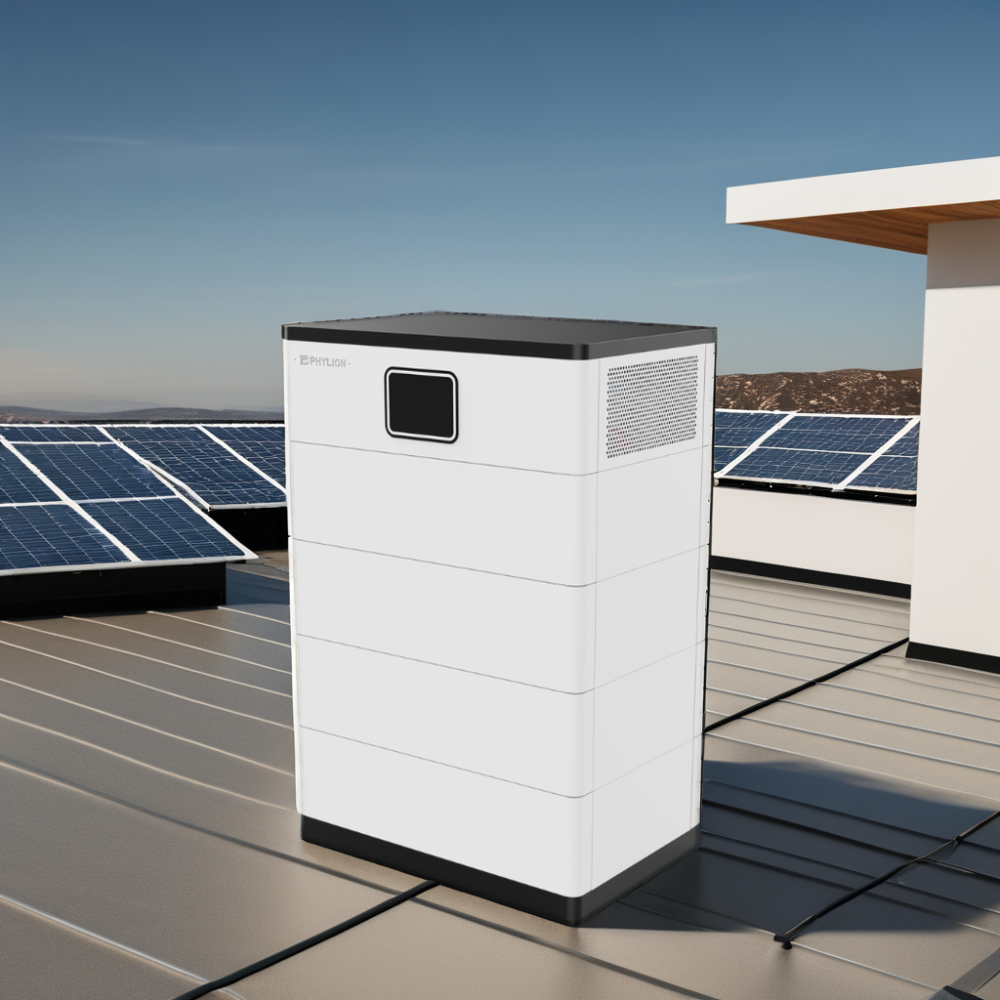Energy storage modules have emerged as a transformative technology in the power sector, fundamentally changing how we manage and distribute electricity across the grid. These sophisticated systems serve as the backbone of modern power infrastructure, providing essential services that enhance grid reliability and enable the integration of renewable energy sources. As our power systems evolve to meet growing demands and sustainability goals, energy storage modules are becoming increasingly critical for maintaining grid stability and ensuring consistent power delivery.
The integration of energy storage modules into existing power infrastructure represents a significant leap forward in grid management capabilities. These systems act as buffer zones between power generation and consumption, smoothing out the inherent variability in both supply and demand. By storing excess energy during periods of low demand and releasing it when needed, these modules help create a more resilient and efficient power network.
Energy storage modules play a crucial role in maintaining power quality and grid reliability. They provide instant response to fluctuations in power supply and demand, helping to regulate frequency and voltage levels across the grid. This rapid response capability is particularly valuable during sudden changes in load or generation, preventing potential blackouts and ensuring continuous power delivery to consumers.
These systems also help mitigate the impact of power disturbances, such as voltage sags and frequency deviations, which can damage sensitive equipment and disrupt industrial processes. By providing a stable power supply, energy storage modules help maintain the high power quality standards required by modern electronic devices and industrial applications.
One of the most significant advantages of energy storage modules is their ability to perform load leveling and peak shaving functions. During periods of high electricity demand, these systems can discharge stored energy to reduce the strain on the grid, effectively "shaving" peak demand periods. This capability helps utilities avoid the need to activate expensive peaker plants and reduces overall system costs.
Conversely, during periods of low demand, energy storage modules can store excess power for later use, helping to maintain optimal generation levels and improve overall system efficiency. This load-leveling function creates a more balanced and predictable power demand profile, making it easier for utilities to manage their generation resources effectively.

Energy storage modules are essential for maximizing the value of renewable energy sources like solar and wind power. These natural resources are inherently variable, with generation levels fluctuating based on weather conditions and time of day. Storage systems help bridge these gaps by storing excess energy during peak generation periods and providing power when renewable sources are not producing at full capacity.
This storage capability enables a higher penetration of renewable energy in the grid while maintaining system stability. It allows utilities to make better use of clean energy resources and reduces the need for fossil fuel-based backup generation, contributing to lower carbon emissions and more sustainable power systems.
The deployment of large-scale energy storage modules has revolutionized how utilities approach renewable energy integration. These systems provide the flexibility needed to accommodate the variable nature of renewable generation while maintaining grid stability. By acting as a buffer between renewable sources and the grid, storage modules help smooth out power fluctuations and ensure a reliable supply of electricity.
Grid operators can use these storage systems to optimize the dispatch of renewable energy, storing excess generation during sunny or windy periods and releasing it when demand is high or renewable generation is low. This capability helps maximize the economic value of renewable investments while maintaining grid reliability.
Energy storage modules offer significant economic benefits for both utilities and consumers. By enabling more efficient use of generation resources and reducing the need for costly infrastructure upgrades, these systems help lower overall system costs. Storage modules can also participate in various market services, such as frequency regulation and capacity markets, generating additional revenue streams for operators.
The ability to store energy during low-price periods and discharge during high-price periods allows for energy arbitrage opportunities, further improving the economic case for storage deployment. Additionally, these systems can help defer or avoid costly transmission and distribution infrastructure upgrades by managing local power flows more effectively.
The operational flexibility provided by energy storage modules helps grid operators optimize system performance and respond to changing conditions more effectively. These systems can quickly adjust their charge or discharge rates to maintain system balance, provide emergency backup power, and support critical infrastructure during outages.
Storage modules also enable more efficient use of existing generation assets by providing the flexibility needed to operate these resources at their optimal levels. This capability helps reduce wear and tear on equipment, lower maintenance costs, and extend the life of valuable infrastructure assets.
Energy storage modules improve grid reliability by providing instant response to power fluctuations, maintaining voltage and frequency stability, and offering backup power during outages. They act as a buffer between power generation and consumption, helping to maintain consistent power quality and prevent disruptions.
The lifespan of energy storage modules varies depending on the technology used, but modern battery systems typically last 10-20 years with proper maintenance. Factors affecting longevity include usage patterns, environmental conditions, and maintenance practices.
Yes, energy storage modules can help reduce electricity costs through multiple mechanisms, including peak shaving, energy arbitrage, and reduced infrastructure investment needs. They also enable more efficient use of renewable energy sources and can provide additional revenue through grid services.
 Hot News
Hot News
Copyright © 2025 PHYLION Privacy policy